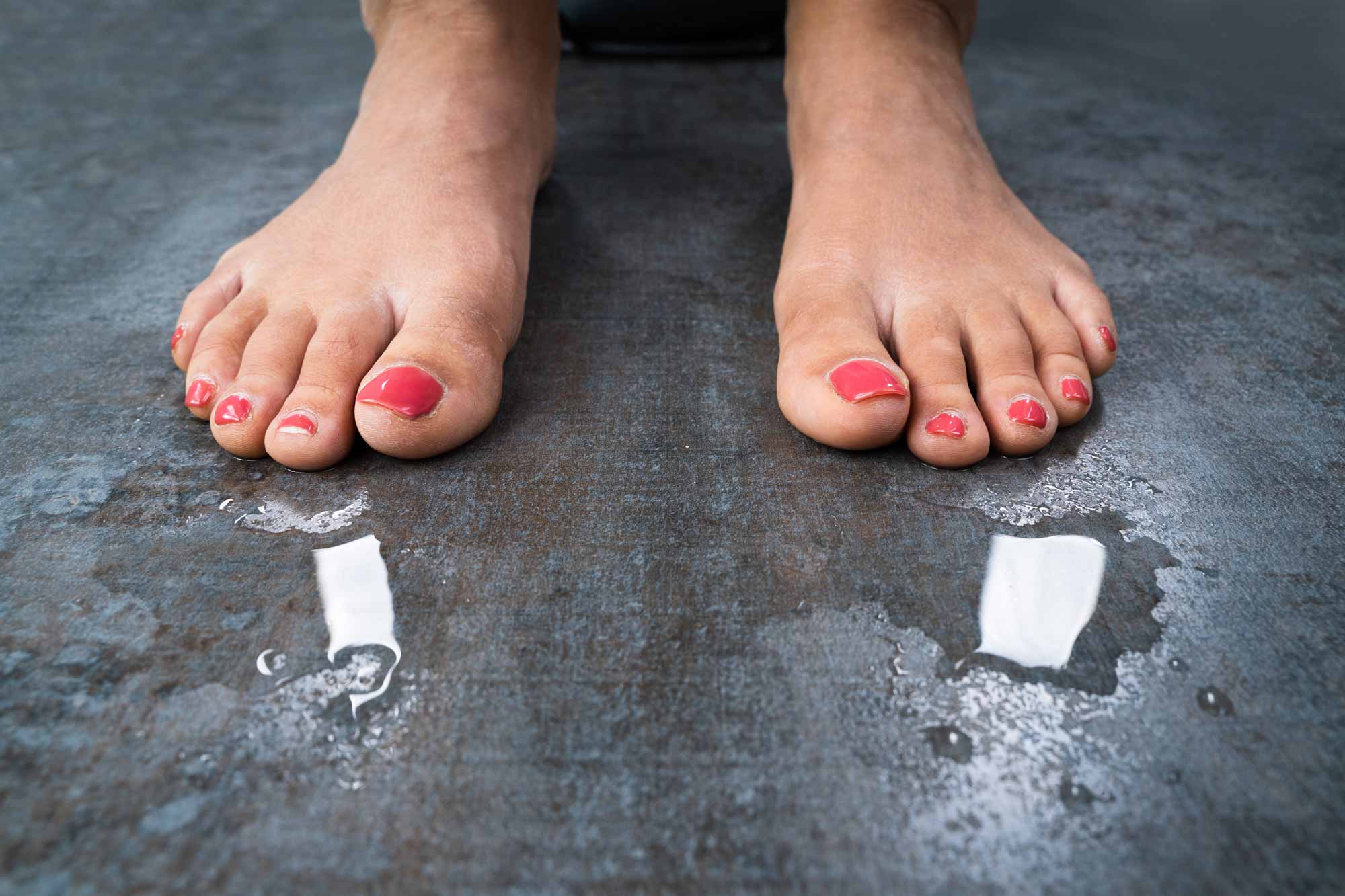Introducing the Complexities of Excessive Sweating: A Comprehensive Guide to Medical Diagnosis and Management
Too much sweating, clinically recognized as hyperhidrosis, is a problem that affects a substantial number of individuals and can have a profound impact on their top quality of life. While sweating is an all-natural bodily function, its overactivity in hyperhidrosis provides an unique set of challenges that typically go beyond plain pain.

Understanding Hyperhidrosis Causes
Hyperhidrosis triggers can be credited to different aspects such as genes, hormone discrepancies, and certain clinical conditions. Genes play a significant function in primary focal hyperhidrosis, where people inherit the condition from their household participants. This type of hyperhidrosis frequently manifests in particular areas like the palms, soles of the feet, underarms, and face. Hormone imbalances, especially an over active thyroid gland or menopausal modifications, can also activate excessive sweating. Additionally, certain medical conditions such as diabetes, heart illness, and infections can result in secondary generalized hyperhidrosis. These underlying health and wellness concerns can disrupt the body's natural cooling system, triggering the sweat glands to come to be over active. Comprehending the source of hyperhidrosis is essential in detecting and properly managing this problem. By determining the details variables adding to extreme sweating, healthcare companies can customize treatment plans to deal with the underlying cause, using relief and enhancing the quality of life for individuals influenced by hyperhidrosis.
Recognizing Hyperhidrosis Symptoms

Additionally, hyperhidrosis signs and symptoms may show up in social and psychological distress, as people may feel ashamed or anxious concerning their sweating, leading to avoidance of social scenarios (Treatment for hyperhydrosis of hands). Additionally, duplicated episodes of too much sweating can result in skin maceration, fungal infections, and a total decline in self-worth
Diagnostic Refine for Hyperhidrosis
Starting the diagnostic procedure for extreme sweating involves thorough examination of the person's medical history and physical exam. Asking about the onset, period, and triggers of sweating episodes is crucial to separate in between key focal hyperhidrosis and secondary generalized hyperhidrosis. Clinical background must additionally include questions concerning drugs, medical conditions, and family members background of hyperhidrosis.
During the checkup, specific attention is paid to the areas impacted by sweating. The medical care supplier might assess the level of sweating, look for indicators of underlying problems, and assess the effect of sweating on the person's high quality of life. Furthermore, certain tests like the gravimetric examination, starch-iodine examination, or skin conductance dimensions might be conducted to evaluate the quantity of sweat produced.
Additionally, in instances where second hyperhidrosis is suspected, additional tests such as blood examinations, pee examinations, and imaging research studies may be suggested to determine the underlying source of extreme sweating. The diagnostic process intends to webpage accurately determine the kind and root cause of hyperhidrosis to guide suitable management methods.
Treatment Alternatives for Hyperhidrosis
When dealing with extreme sweating, different treatment options are offered to alleviate signs and symptoms and improve the individual's high quality of life. The treatment method for hyperhidrosis relies on the extent of symptoms and the person's reaction to first treatments.
Topical therapies, such as aluminum-based antiperspirants, are usually suggested as the first line of defense for taking care of moderate cases of hyperhidrosis. These products function by plugging the sweat air ducts, hence decreasing the amount of sweat that reaches the skin's surface area. For individuals with more serious signs, oral medicines like anticholinergics may be suggested to help reduce sweating. Nevertheless, these medicines can have side impacts and are not ideal for everyone.

Effective Monitoring Techniques
To successfully handle hyperhidrosis, a extensive and individualized therapy strategy tailored to the patient's specific requirements and feedback to previous treatments is essential. This strategy may incorporate a mix of healing strategies, including way of living alterations, topical treatments, oral drugs, botulinum contaminant injections, iontophoresis, and in severe situations, surgical interventions like gland removal or sympathectomy. Way of living modifications such as putting on moisture-wicking apparel, utilizing antiperspirants, and practicing stress-reducing techniques can complement clinical treatments. Topical antiperspirants consisting of aluminum chloride are frequently the first-line therapy, with more powerful formulations readily available for immune cases. Dental drugs like anticholinergics may be prescribed for generalised hyperhidrosis. Botulinum toxic substance shots work for focal hyperhidrosis, providing short-lived alleviation by obstructing the launch of acetylcholine. Iontophoresis, including the use of a reduced electrical present to minimize gland activity, over at this website can be beneficial for both palmoplantar Discover More and axillary hyperhidrosis. Surgical choices are normally reserved for extreme, refractory situations and need careful consideration of benefits and threats. A multidisciplinary method entailing dermatologists, medical care doctors, and, if necessary, specialists, can optimize the administration of hyperhidrosis.
Final Thought
In verdict, hyperhidrosis is a problem identified by too much sweating, which can greatly impact an individual's high quality of life. By comprehending the causes, acknowledging the signs, and going through the diagnostic process, doctor can properly handle this problem. Therapy choices include topical medicines, oral medications, injections, and also surgeries in serious instances. With appropriate medical diagnosis and monitoring approaches, people struggling with hyperhidrosis can discover relief and improve their total health.
Excessive sweating, clinically understood as hyperhidrosis, is a condition that influences a considerable number of individuals and can have an extensive effect on their quality of life. By recognizing the particular elements adding to extreme sweating, healthcare providers can customize treatment strategies to deal with the underlying reason, providing alleviation and enhancing the quality of life for people affected by hyperhidrosis.
Hyperhidrosis, identified by excessive sweating past what is required for managing body temperature, can dramatically impact a person's quality of life. Asking about the beginning, period, and sets off of sweating episodes is crucial to separate in between primary focal hyperhidrosis and second generalized hyperhidrosis. Treatment for hyperhydrosis of hands.In conclusion, hyperhidrosis is a condition identified by excessive sweating, which can considerably influence an individual's high quality of life